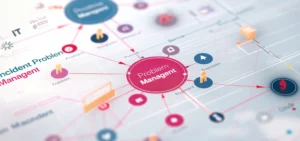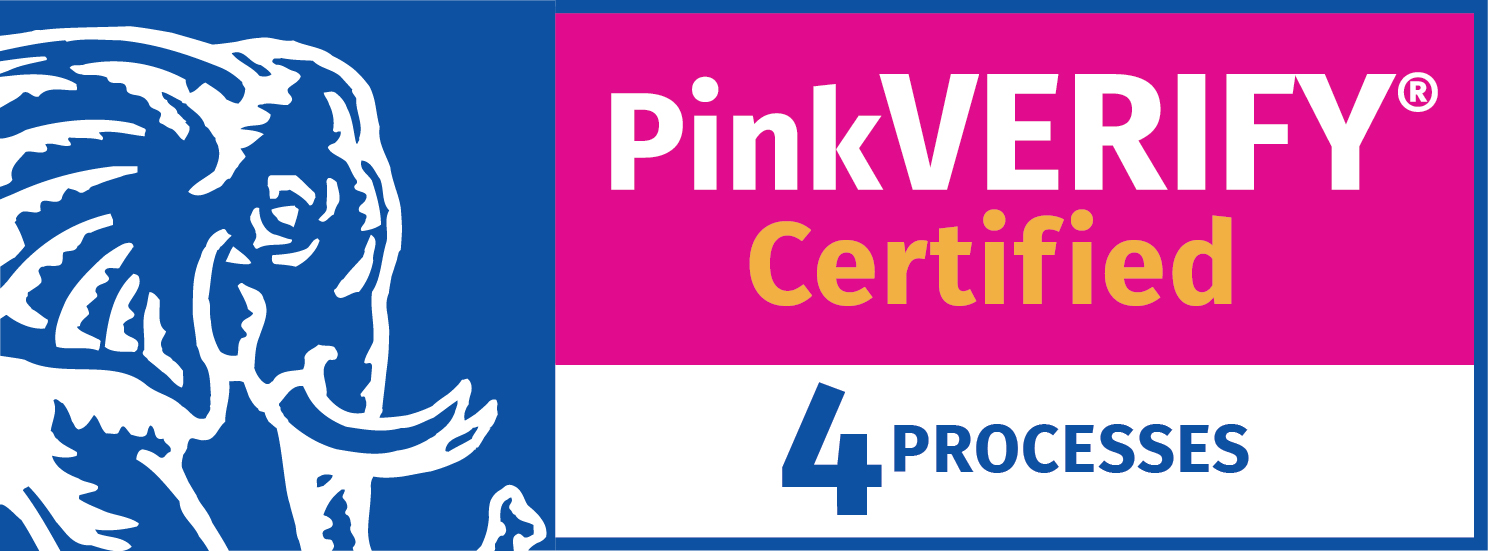In 2025, it’s time for IT to break out of the silo.
IT service management is the backbone of every business, affecting operations, productivity, and employee satisfaction in a clear and direct way.
That’s why more IT managers are adopting ITSM solutions that support a streamlined, cross-organizational approach.
In fact, while large organizations are leading in the adoption of ITSM platforms, it is the small and medium-sized enterprises that are seeing the fastest growth in adoption rates.
No business should be left behind in the shift towards non-siloed IT operations.
Read on to discover more trends and tips to help make 2025 a year of excellence in IT service and support for your organization:
1. AI-powered ITSM tools
Over the past few years, AI has demonstrated very real benefits for ITOps and ITSM. According to a Stanford/MIT study, IT agents who use AI can speed up their productivity by 14%. By automating a routine IT ticket like password resets, it has been said that businesses can save $1 million a year!
In 2025, IT managers should focus on integrating AI even more deeply across a range of processes, from predictive analytics and smart routing of IT tickets to AI-powered chatbots for 24/7 customer service and support.
2. Hyperautomation
This year, IT leaders are going beyond automation to “hyperautomation.”
Hyperautomation is the process of automating everything in an organization that can be automated. In the ITSM arena, automation can be used to streamline repetitive tasks, such as incident logging and monitoring. Pre-defined escalation and trigger-based workflows can help to automate incident resolution processes, ensuring that tasks are handled without human intervention until absolutely necessary. Managing service requests, such as password resets, software installation and permissions management, automated scheduling and tracking of change implementations, and auto-discovery and tracking of IT assets are all examples of ITSM workflow automation.
3. SLAs vs XLAs (Experience-Level Agreements)
Service Level Agreements (SLAs) typically measure the ‘mechanics’ of the IT service desk – how many tickets are handled in a given period, the time taken to resolve tickets, downtime vs uptime, and more. Experience-Level Agreements (XLAs), on the other hand, focus on the customer experience (CX), and the sentiment of the user about the service provided.
Recently, service level management has begun to shift from traditional SLAs towards XLAs that prioritize user satisfaction as part of the overall outcome.
As CX becomes more central to an organization’s success, ITSM managers should move beyond technical performance metrics, and start considering how to meet customer expectations and deliver customer satisfaction.
4. Streamlining ITSM metrics and business performance
When ITSM metrics improve, this leads to increased efficiency in reaching the organization’s overall business goals. That’s why IT leaders should focus efforts on streamlining IT workflows with organizational metrics.
For example, the IT team can implement an automated workflow to automatically create a CRM account for new sales staff based on their job role, including appropriate permissions and access levels (i.e., sales pipeline visibility, and customer data access). This streamlined approach to employee onboarding ensures that the sales team is always ready and up to date, which may lead to increased sales rates per employee.
The ability to show the connection between IT metrics and organizational goals is key to becoming an IT leader within the organization.
5. Proactive Incident Management
This past year, the trend toward proactive incident management continues, with 68% of organizations using a “proactive” approach.
What does “proactive” incident management actually mean? Predicting and preventing incidents before they occur. To do that, you need to leverage AIOps in your IT workflows. AI provides the ability to correlate log data and metrics and to deliver real-time insights and root-cause analysis, more accurately and quickly than could ever be done manually.
Almost all IT managers (94%) say that investing in AI is key to proactive incident management. Consider implementing an ITSM platform that integrates predictive AI capabilities so you too can become more proactive in incident management.
6. Democratize your IT service infrastructure with low-code platforms
“Agility” is another buzzword in the IT sector, however, it is much more than that.
The ability to quickly adapt and shift IT workflows, priorities, and goals is key to achieving objectives and meeting KPIs. It is also important to keep IT agents motivated and satisfied, giving them opportunities to expand their toolbox and accomplish IT tasks outside of the typical day-to-day demands.
In 2025, IT leaders should transform their team structures to enable a bottom-up hierarchy, using low-code or no-code tools – like IT Care Center – that empower IT staff to build and manage service workflows independently. This enables faster adaptability to organizational needs without heavy reliance on IT developers.
7. Focus on IT governance
The regulatory landscape is becoming stricter and more complex with each passing year. In January 2025, for instance, the EU Digital Operational Resilience Act (DORA) came into effect, placing tighter controls on cybersecurity. The demand for IT managers to comply with evolving regulations, such as GDPR, ISO, HIPAA, and a host of cyber regulations is increasing steadily.
IT managers should leverage the capabilities of ITSM platforms to automate compliance checks and audits. Set up automated alerts for relevant stakeholders in cases of non-compliance, to prevent potential complications or fines. Using a platform like IT Care Center, which features ready-to-use, ITIL-compliant workflows, will be key to IT governance in the coming years.
8. Integrate smart Knowledge Management in your IT service desk
IT Care Center integrates knowledge management as part of the ITSM dashboard and experience, with a dynamic, AI-curated knowledge base. When a user inputs information into the IT ticket, the platform auto-suggests relevant help center articles, based on keywords in the ticket subject line.
In 2025, IT leaders should leverage AI-based automation in knowledge bases, empowering IT agents and end users alike to handle IT issues independently wherever possible. This leads to reduced resolution times, increased productivity, and reduced downtime. In addition, it frees up time for IT agents to focus on more complex tickets that need human intervention.
Make 2025 your best ITSM success yet
As we enter the second quarter of the 21st century, the IT service industry is looking more ‘futuristic’ than ever. Artificial intelligence is finally coming into its own, shaping many IT functions with automated efficiency. Cybersecurity is moving fast, in the constant race to outsmart complex and sophisticated threats.
Yet alongside these tech advancements, the focus on ITSM is still the customer. It’s up to IT leaders to find ways to improve customer experience and satisfaction while taking full advantage of the benefits of AI, automation, and other technologies.
In 2025, finding the balance between IT teams, IT customers, and IT technologies will be a strong theme. If you are looking for an ITSM platform to help you strike the right balance, contact the ITCC team today.





